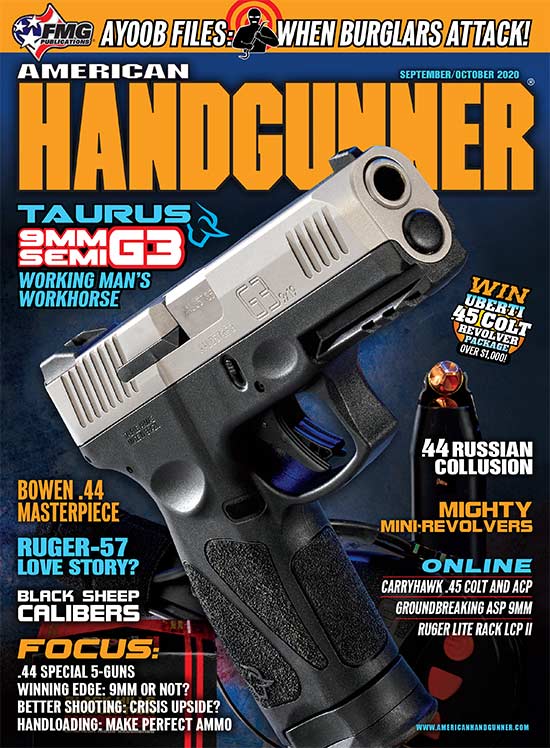The Trial
Long after the shooting, in first quarter 2016, Jim Stiffler went on trial in Helena. He was most ably defended by lead counsel Quentin Rhoades, with Nicole Siefert as co-counsel. Prosecutor Leo Gallagher painted a picture for the jury of an unarmed man, as “helpless as a baby” against the nefarious defendant who had been shot in the back as he harmlessly exited a window after committing a mere property crime.
Quentin Rhoades had been to the self-defense trial rodeo before and knew exactly how to craft an “affirmative defense,” which says in essence, “Yes, my client shot him, but he was absolutely correct in doing so.” Among other witnesses, Rhoades called me and two other experts to the stand — and the defendant himself.
Dr. Dan Reisberg, author of Cognition: Explaining the Science of the Mind, educated the jury on altered perceptions during traumatic, life-threatening incidents which occur at high speed. He explained why, though Jim remembered firing as he faced the attacker with the back-door area behind Johnson as he fired, no bullet was recovered there. He also explained why tunnel vision would have kept Jim from correctly orienting his surroundings during the sudden attack.
Gary Marbut did an excellent job of explaining the ballistics in the case, and the angle of the shot, and why the location of an ejected spent casing couldn’t be relied upon to show where everyone involved was at the instant of the shot.
My role was explaining disparity of force, the situation in which an unarmed man attacking an armed one can be devastatingly lethal.
Johnson was much bigger, younger and stronger than Stiffler. Johnson was able-bodied and Stiffler physically handicapped due to back and leg troubles — another disparity of force factor. And at the moment the shot was fired, no more than 15 feet separated the men, putting the intruder a second or less away from deflecting, and then gaining control of, Stiffler’s weapon. I reiterated why Stiffler had reason to believe Johnson was quite likely already armed with Stiffler’s own SIG .45.
Finally, I demonstrated to the jury the interlinked action/reaction dynamics, which explained why Stiffler had honestly thought he’d shot Johnson in the front.
The raising and firing of the gun happens in a fraction of a second.
When reacting to the raised muzzle, the attacker’s reflexive turn away from danger can cause his lateral midline to cross the muzzle of the defender’s gun in as little as a quarter of a second.
Studies show while reaction to anticipated stimulus runs an average of about 0.25 of one second, it takes about three quarters of a second — or more — for a shooter to cognitively process the unanticipated stimulus of the attacker unexpectedly breaking off the assault. The shooter goes through the whole OODA loop of Col. John Boyd. Observe (the eyes see) what is happening, Orient (the brain figures out what the visual input means), Decide what to do now (stop pulling the trigger), and Act (physically stop shooting). I stated honestly what the State was asking of Stiffler was not humanly possible.
In his own testimony before I got there, the defendant had conceded on cross while he thought the man had turned clockwise at the shot, he couldn’t be 100 percent certain it hadn’t been counter-clockwise. The prosecutor brought this up when he cross-examined me, so we did the demonstration again, turning in the opposite direction. The outcome was the same.
In his final argument, the prosecutor argued by entering his own home to save his wife from a large intruder who had smashed through the front door of their home, Jim Stiffler had become the “initial aggressor” and was therefore not entitled to a self-defense finding.
The outcome was a hung jury, 10 voting to acquit and two to convict. Not long after, the prosecutor dismissed the case rather than try it again. Jim had already won his first battle — to survive. He had now won his second and stayed out of prison with a clean criminal record. Now came his third battle, the civil lawsuit.




